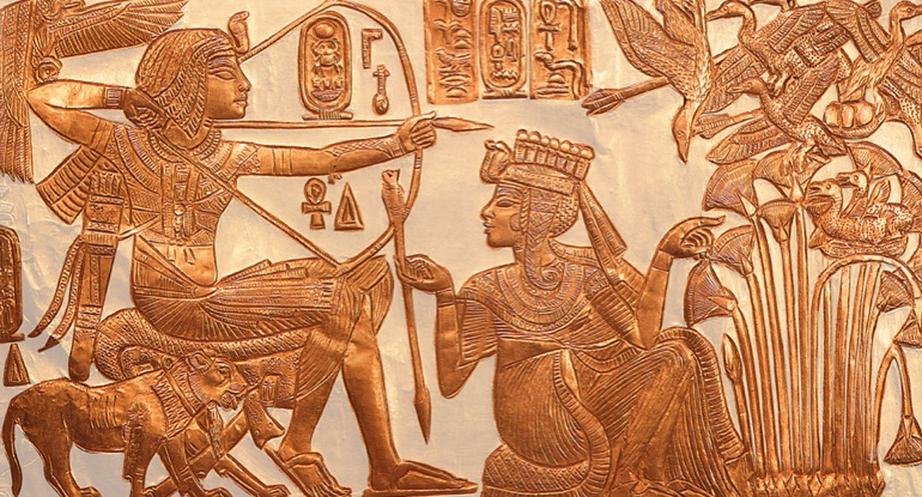Tomb could be that of Tutankhamun's wife and Egyptian leading lady Ankhesenamun
Egyptologists believe they may be on the verge of a major discovery related to a leading lady of ancient Egypt. A new tomb found in the Valley of the Kings may have been created as the final resting place for the famous Egyptian queen Ankhesenamun – wife of Tutankhamun.
Live Science reports that the researchers were tipped off to the tomb’s existence by the discovery of four foundation deposits which Zahi Hawass described as “caches or holes in the ground that were filled with votive objects such as pottery vessels, food remains and other tools as a sign that a tomb construction is being initiated.”
According to a National Geographic interview, the researchers were examining the site between February and May. Hawass said a follow-up examination using radar showed “a substructure that could be the entrance of a tomb.”
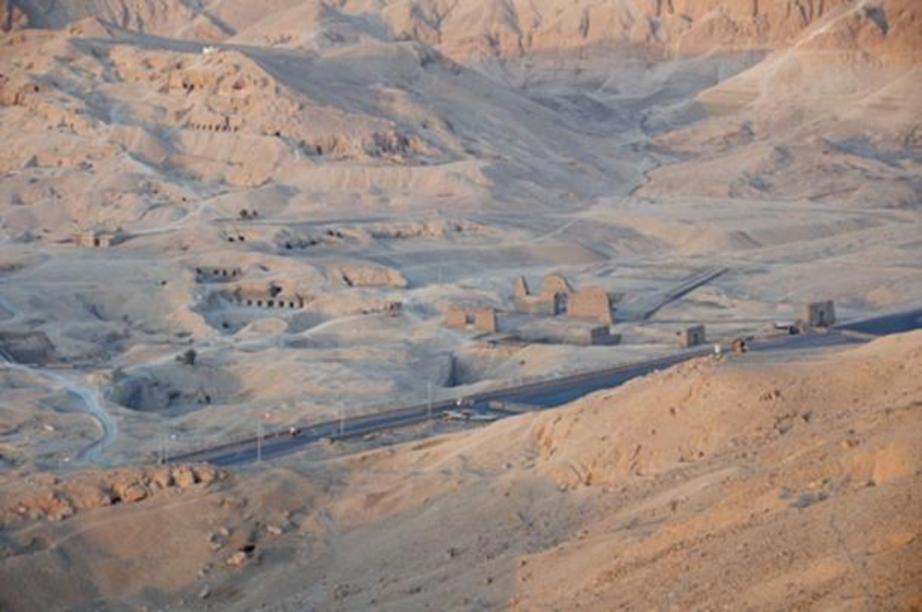 Valley of the Kings, Luxor, Egypt.
Valley of the Kings, Luxor, Egypt.
Although nothing has been confirmed yet, Hawass proposes that the tomb’s owner could have been Ankhesenamun. This idea is based on the location near Pharaoh Ay’s tomb.
Ankhesenamun was a longstanding member of ancient Egyptian royalty. Her story begins as the third of six daughters to Pharaoh Akhenaten and his Great Royal Wife Nefertiti. Ankhesenamun married her half-brother Tutankhamun when he was just 8 to 10 years old and she was 13. It is said the couple had stillborn twins. She may have also been briefly married to Tutankhamun's successor, Ay, (believed by many to be her maternal grandfather). There have also been suggestions that Ankhesenamun may have been married to her father for a time as well.
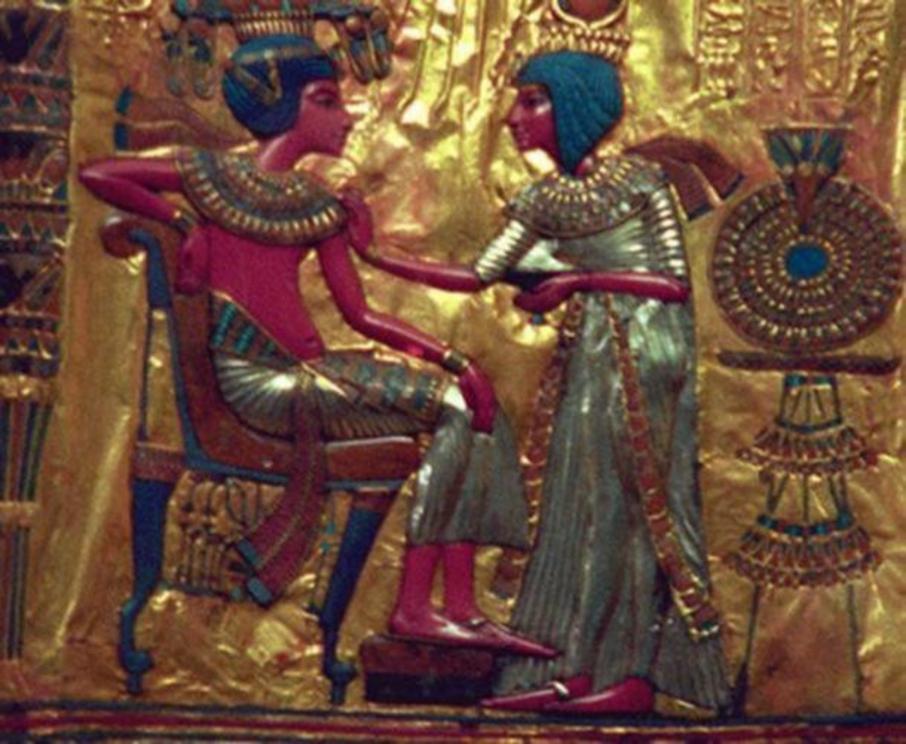 Detail; gold plate depicting Pharaoh Tutankhamun and consort, Ankhesenamun.
Detail; gold plate depicting Pharaoh Tutankhamun and consort, Ankhesenamun.
This may be shocking for people today, but it was a rather common practice for the royals of ancient Egypt. As April Holloway explains:
“Marriage within family was not uncommon in ancient Egypt and was practiced among royalty as a means of perpetuating the royal lineage. The pharaohs believed they were descended from the gods and incest was seen as acceptable so as to retain the sacred bloodline. However, what they were unaware of at the time was the severe consequences of family inbreeding.”
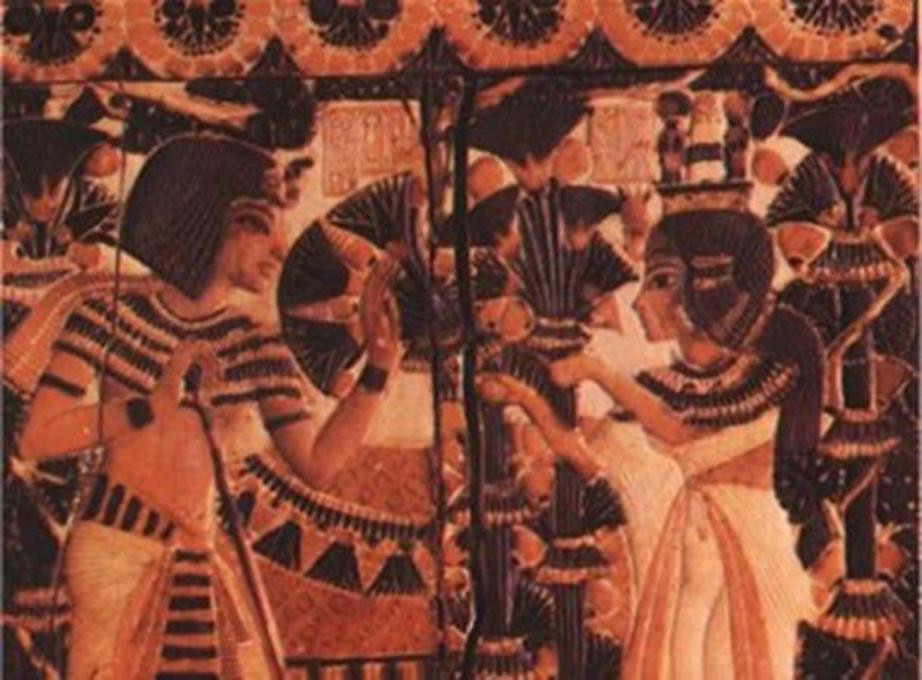 Detail; Tutankhamun receives flowers from Ankhesenamun as a sign of love.
Detail; Tutankhamun receives flowers from Ankhesenamun as a sign of love.
Proof for Ay and Ankhesenamun’s marriage has been offered in the form of a finger-ring that was found by Professor Percy Newberry in an antique shop in Cairo in the spring of 1931. It had cartouches of Ay and Ankhesenamun inscribed side by side―which many scholars say is proof of wedlock.
Although the possibility of finding Ankhesenamun’s lost tomb is exciting, it is also worth noting that there is an argument against a marriage between Ay and Ankhesenamun. “Her name never appeared within his tomb and it is believed that she may have died during or shortly after Ay’s reign, as she disappears from history shortly after his period.” If this is true, the tomb near KV23 may have nothing to do with Ankhesenamun.
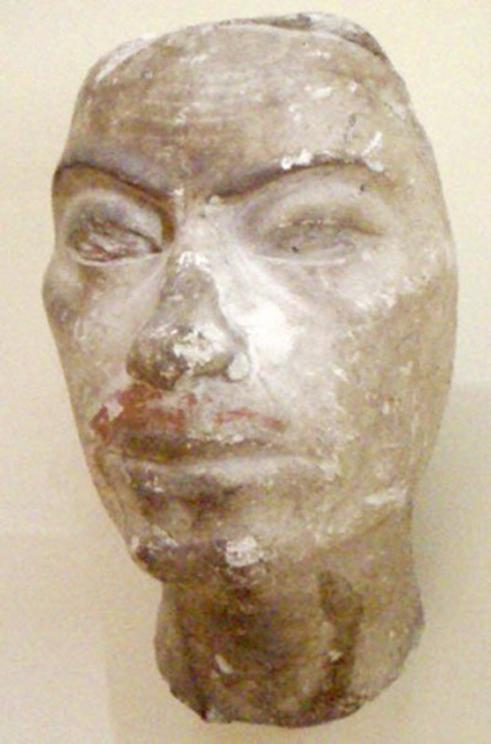 Portrait study thought to be of Ay from the studio of the sculptor Thutmose.
Portrait study thought to be of Ay from the studio of the sculptor Thutmose.
To date, it is not known where exactly Ankhesenamun was buried and no funerary objects with her name are known to exist. However, back in 2010 it was proposed that a mummy found in KV21A was Ankhesenamun. As Ancient Origins reported “Although her remains are headless and mostly destroyed, it was possible to use her DNA to confirm that this woman is the mother of two of Tutankhamun’s children.” These results have been debated, but do not discount her as the new tomb’s owner either. Moving mummies was another common practice by ancient priests looking to save them from looters.
It seems that you’ll have to wait to discover who the tomb’s owner is until a much later date. Hawass, who is currently the Director of the Italian expedition in the Valley of the Kings, told Live Science he will oversee future excavations at the site; but no expected start date has been provided for the dig.

